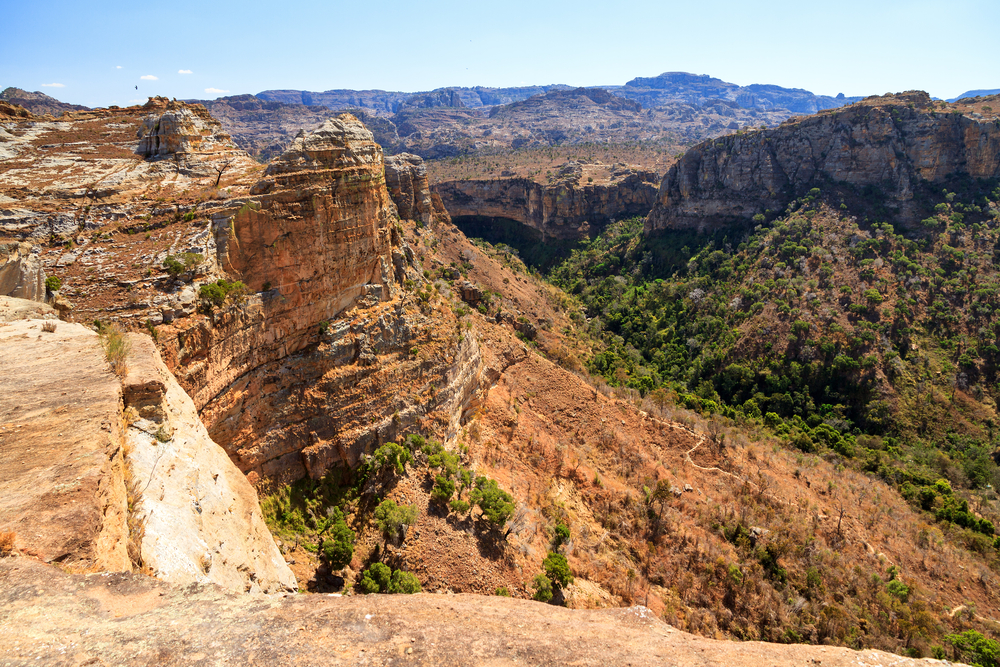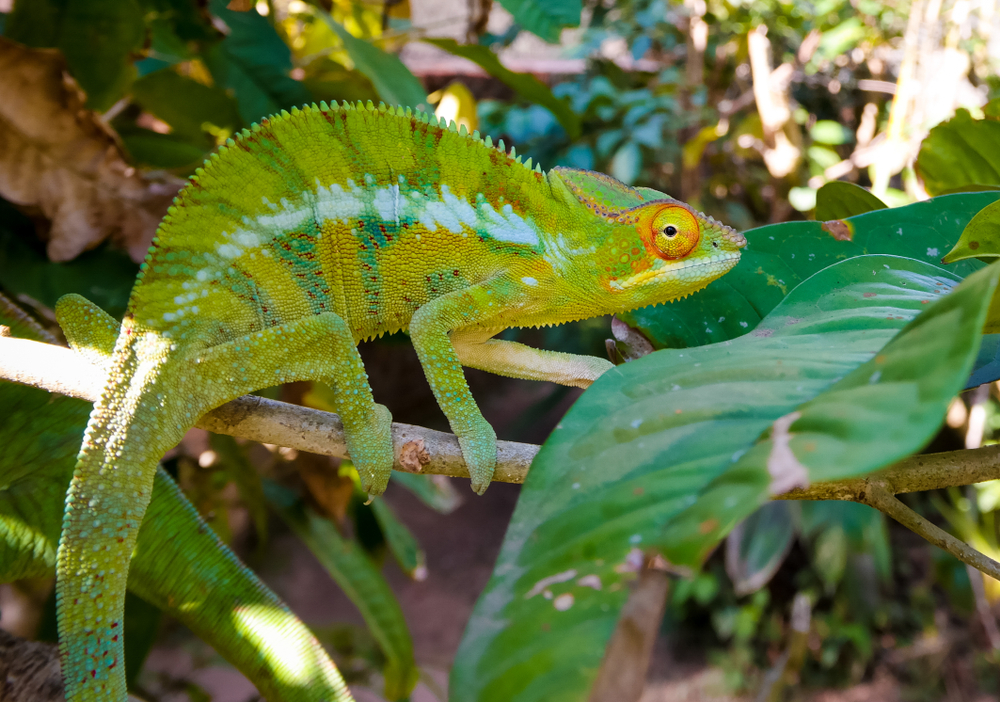Andasibe-Mantadia Overview
Andasibe-Mantadia National Park, locally known as “Parc National d’Andasibe-Mantadia,” is one of Madagascar’s most accessible and iconic protected areas. Situated just 150 kilometers (93 miles) east of Antananarivo, the capital city, the park spans approximately 155 square kilometers (60 square miles) and is divided into two sections: the Analamazaotra Special Reserve and the Mantadia National Park. Established in 1989, this park is renowned for its lush rainforests, incredible biodiversity, and as a sanctuary for the indri, the largest living lemur species.
The terrain of Andasibe-Mantadia National Park is a mix of dense montane rainforest, rolling hills, and a network of rivers and streams. The vegetation is characterized by towering trees covered in moss and lianas, alongside a rich understory of orchids, ferns, and bamboo. The forest is perpetually green due to the area’s high rainfall, creating an ideal habitat for the wide variety of species that call it home. Numerous small waterfalls and tranquil ponds dot the landscape, adding to its picturesque charm.
Andasibe-Mantadia is a biodiversity hotspot, hosting an array of endemic species. The park is most famous for the indri, whose haunting, melodic calls echo through the forest each morning. In addition to the indri, visitors can encounter other lemur species such as the diademed sifaka, common brown lemur, and bamboo lemur. The park is also home to over 100 species of birds, including the Madagascar crested ibis, blue coua, and velvet asity. Reptiles such as chameleons, geckos, and leaf-tailed geckos thrive in the forest, while colorful frogs add vibrancy to the environment. The flora is equally remarkable, with numerous orchid species blooming during the rainy season.
Visitors to Andasibe-Mantadia can engage in various activities that showcase the park’s natural beauty. Guided forest walks are a highlight, offering opportunities to spot lemurs, birds, and reptiles while learning about the park’s ecosystem. Birdwatching tours cater to ornithologists and nature enthusiasts, while the park’s waterfalls and rivers provide serene spots for photography and relaxation. Night walks are particularly popular, allowing visitors to see nocturnal species such as the mouse lemur and chameleons. Cultural tours with local Malagasy communities provide insights into traditional practices and their relationship with the forest.
Despite its popularity, Andasibe-Mantadia faces challenges such as deforestation, habitat fragmentation, and the pressures of tourism. Conservation efforts, led by Madagascar National Parks and international organizations, focus on habitat restoration, community engagement, and sustainable tourism practices. Environmental education programs aim to foster awareness among visitors and locals about the importance of preserving this unique ecosystem.
Andasibe-Mantadia National Park is a testament to Madagascar’s unparalleled natural heritage. Its lush rainforests, extraordinary wildlife, and cultural significance make it a must-visit destination for eco-tourists and researchers alike. Protecting this park ensures the survival of its endemic species and reinforces Madagascar’s role as a leader in global biodiversity conservation.






















































































